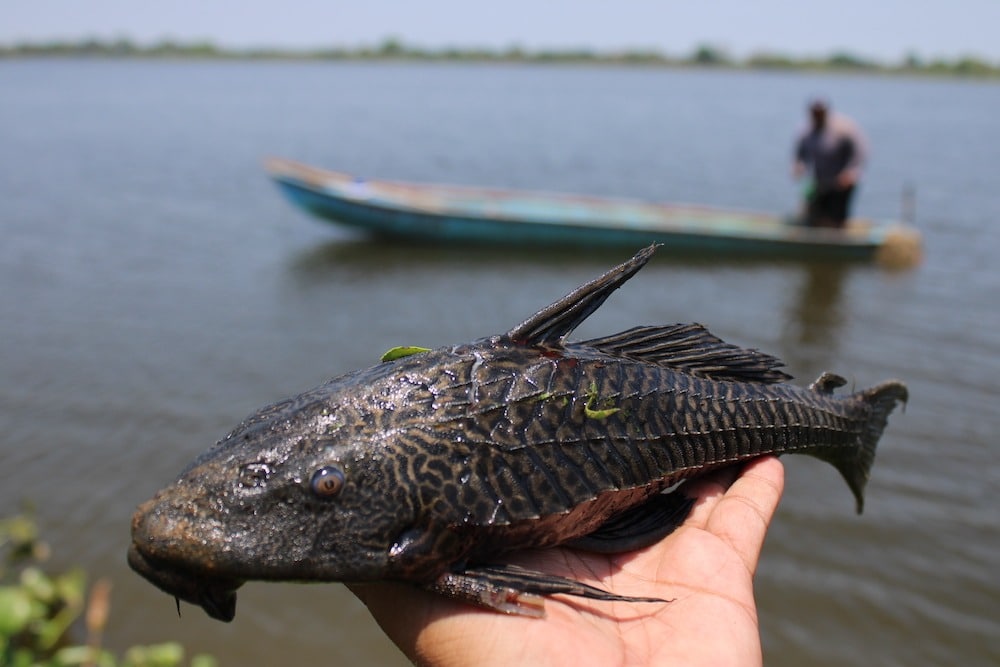The Armored Catfish Plague in Mexico: Eat One, Be a Hero

The Riviera Maya’s fragile ecosystems are facing an unexpected and serious threat. The invasion of the armored catfish, in Mexico AKA the “pez diablo” (devil fish). This resilient and invasive species is causing widespread damage to rivers, lagoons, and cenotes. But there’s a surprising way you can help. By eating it! Here’s everything you need to know about The Armored Catfish Plague in Mexico.
A Menace Lurking Beneath the Surface
It was originally popular among aquarium owners for their algae-cleaning habits. But the armored catfish — also called suckermouths — has become a plague. In Texas, Florida, and now southern Mexico.
In the wild, their non-stop feeding behavior devastates underwater plant life and accelerates shoreline erosion. Their rapid reproduction — laying up to 500 eggs at a time — combined with a lifespan of 7 to 15 years, has allowed their numbers to skyrocket uncontrollably.
Once free in natural ecosystems (whether through aquarium releases or accidental aquaculture spills), the pez diablo proved nearly impossible to contain.
The Armored Catfish Plague in Mexico. Why Is It Such a Problem?
The devil fish isn’t a direct predator, but its feeding habits destroy eggs and larvae of native fish species like mojarra, catfish, and the highly prized bocona.
It’s territorial, nocturnal, and fiercely adaptable — it can breathe outside water for up to four hours and is protected by hard, armor-like scales. Traditional fishing nets often get damaged trying to catch them, and its sharp fins can injure fishermen.
This invasion severely disrupts the food chain, putting local fish populations — and the people who depend on them — at serious risk.
Catch It, Eat It, Save the Ecosystem
Experts recommend hunting the pez diablo with a harpoon or using protective gloves to avoid injuries. Fortunately, while its scales are tough, the fish itself isn’t poisonous and can be eaten safely.
Although it doesn’t have a lot of meat, creative chefs have found ways to turn it into something delicious. Some are transforming devil fish into jerky, while others are adding local Yucatecan spices to make it into a flavorful dish.
If you spot it on a menu during your trip to the Riviera Maya — order it proudly! You’ll be helping control its population and protecting the local ecosystem.
The Armored Catfish Plague in Mexico. Becoming a Culinary Hero
Imagine doing your part for the environment simply by enjoying a local meal. Restaurants, community projects, and conservationists are encouraging travelers and locals alike to support the movement.
Eating the devil fish isn’t just sustainable — it’s heroic. Every time one is consumed, it’s a step toward restoring balance to rivers, cenotes, and lakes threatened by this uninvited guest.
Final Tip: Be Adventurous!
Next time you’re in Quintana Roo, Yucatán, or anywhere in southern Mexico you have a mission. Look for devil fish options at local restaurants or ecotourism spots.
It might be in the form of tacos, jerky, or stews — but one thing’s for sure: eating it helps the environment and supports the communities fighting back against this underwater invader.
